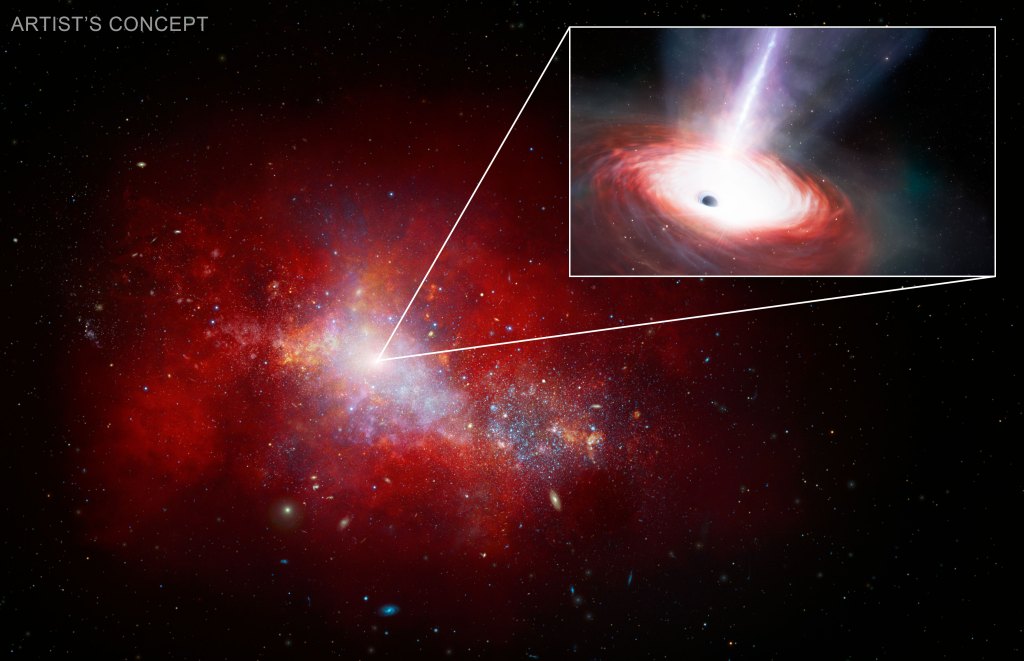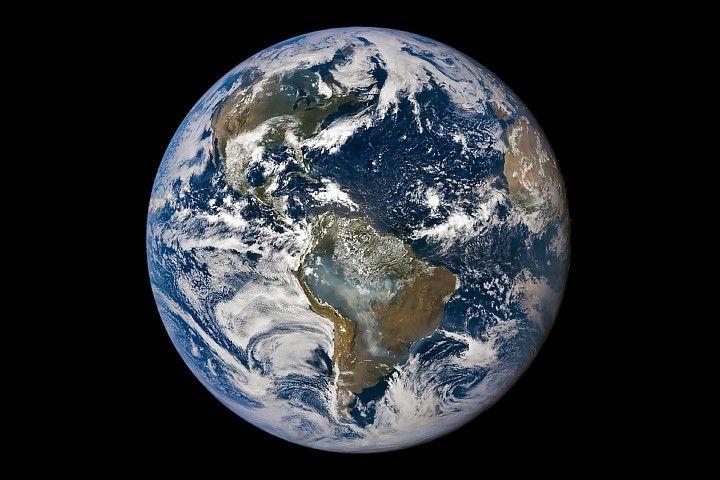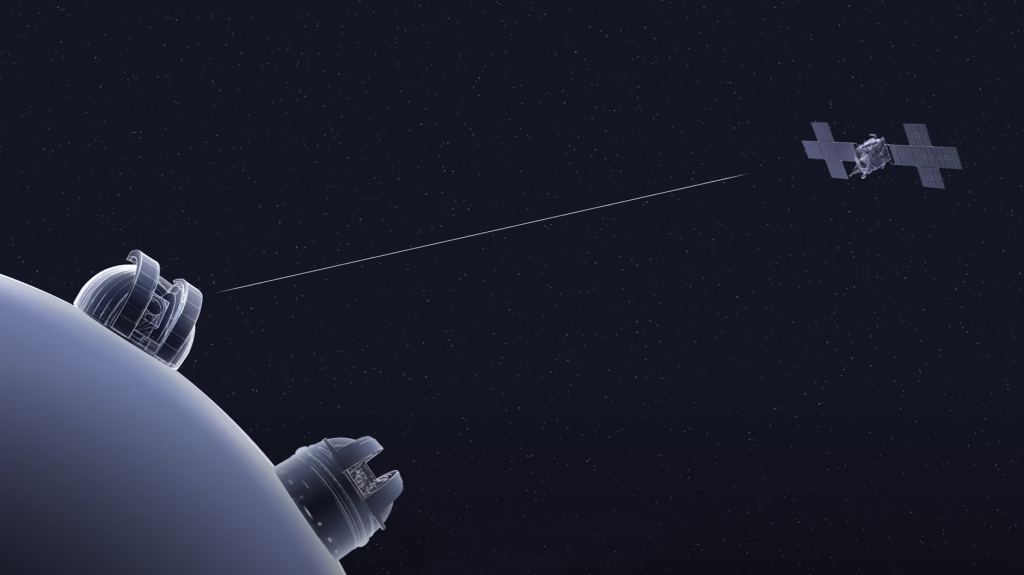Understanding Mars’ climate – past and present – for better exploration and science
During the summer of 2018, a storm was raging – not on Earth, but on Mars, where a massive dust storm kicked up, eventually encircling the planet. By late November, the dust from that episode had settled, but it was still dust storm season when NASA’s Mars InSight lander successfully arrived on the surface. Having consulted with the Mars Climate Modeling Center at NASA’s Ames Research Center, in California’s Silicon Valley, the mission’s designers knew that the Martian atmosphere might be full of gritty particles. They took that into account when planning the spacecraft’s highly orchestrated descent and landing. Understanding the atmosphere and climate on Mars is critical for exploration like this and for doing the smartest science possible on the surface – research that will ultimately include searching for signs of life.
The Ames research efforts that became the Mars Climate Modeling Center pioneered this area of research, starting in the 1970s. By creating computer models that capture processes such as air turbulence, radiation, and circulation in the atmosphere, researchers at the MCMC can study the Red Planet’s climate – past and present. They consider such factors as dust particles suspended in the air and how they absorb and release energy, seasonal cycles involving carbon dioxide and the role of water ice clouds.
These three important components of the Martian atmosphere – dust, carbon dioxide and water – interact to help determine its climate. The MCMC builds computer models to simulate and study how they vary across the seasons and from year to year. This can help NASA researchers understand today’s climate, how it has changed over time and what the ancient Mars climate might have looked like. There are reasons to think that ancient Mars was much warmer and wetter, including geological features that we know form when water flows over the surface for a very long time. This could mean that conditions were once favorable for life, if indeed that process ever got started here.
It’s still a challenge for Mars climate scientists to explain how the planet could have enjoyed this balmier climate, because the sun was considerably weaker at that time, some 3.5 billion years ago. The work of the MCMC has helped show how an ancient Martian atmosphere that was thicker and richer in heat-trapping gases could explain it, in part. The simulations produced from the team’s climate models have also shown that large asteroid or comet impacts could have triggered climate change, leading to heavy rainfall for relatively short periods.
By helping determine what climate conditions reigned in the ancient past, the MCMC is assisting other scientists in assessing the likelihood that life ever existed on Mars, when and where to look for evidence of it now. With its studies of today’s climate cycles, the Mars Climate Modeling Center helps NASA send the explorers – robotic and, someday, human – that will try to answer these big questions for us all.
Credits: NASA/Ames Research Center/D. Ellsworth
Learn more:
A Cloudy Martian Night, Through the Eyes of a Supercomputer (NASA featured image, Nov. 2019)
Gravity Assist: Mars Dust Storm with Melinda Kahre (NASA podcast episode, Aug. 2018)
For news media:
Members of the news media interested in covering this topic should reach out to the NASA Ames newsroom.





























